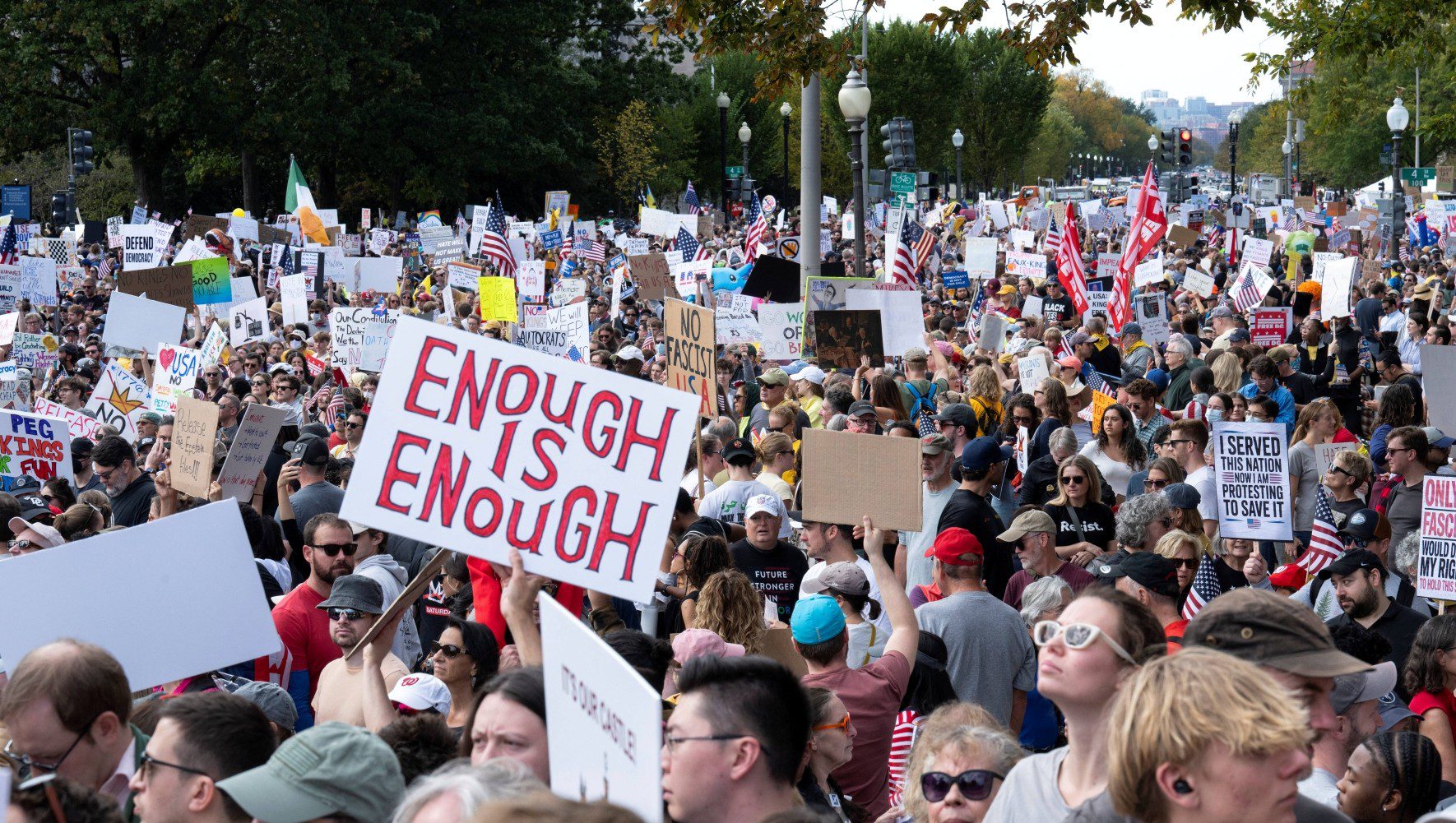HIAS Statement to the House Judiciary Committee Hearing on “Oversight of the United States Refugee Admissions Program”
Oct 26, 2017
With more than 65 million displaced persons and over 22.5 million registered refugees globally, it is more important than ever to preserve United States leadership on refugee resettlement. An important humanitarian and diplomatic tool, the U.S. Refugee Admissions Program (USRAP) has experienced a long tradition of bipartisan support since its founding over three decades ago. With an average admissions ceiling of 95,000 refugees per year, Presidents Ronald Reagan, George Bush, Bill Clinton, George W. Bush and Barack Obama all understood the invaluable role refugee resettlement plays in this country’s humanitarian, national security, and foreign policy priorities.
The 120 day refugee ban implemented by the Trump Administration ended earlier this week and the Administration immediately signed a new Executive Order, putting in place a de facto ban against refugees from eleven countries[1], nine of which are Muslim-majority. Forty-four percent of refugees resettled in the United States during fiscal year 2017 were from one of these eleven countries. Under the guise of the Security Advisory Opinion (SAO) process, utilized by the Department of State in tandem with U.S. intelligence agencies and the security community to combat terrorism, espionage, or illegal transport of technology, refugees listed as nationals of “SAO countries” are banned for 90 days while an “in-depth threat assessment” is conducted. Refugees from the eleven countries are already subject to increased vetting in the form of SAO processing. The Administration may also expand the classes of refugees subjected to the SAO process, and have hinted that women and children as young as eleven will be processed using SAO, further delaying their applications.
With its new EO, the Administration has also indefinitely stopped family reunification in the form of follow-to-join options for spouses and children for refugees already in the United States, leaving hundreds of children orphaned in insecure conditions abroad.
Additionally, supplemental security checks have been put into place for all refugees. Refugees are now expected to produce ten years’ worth of addresses and a phone number and email address for all family members. When a refugee flees, they often time do so with no documentation or paperwork. These checks are effective immediately, meaning that refugees who have already been approved will have to repeat security checks, postponing their ability to find refuge in the United States.
Fiscal Year 2018’s Presidential Determination is already the lowest in the history of USRAP, with a refugee admissions ceiling of 45,000. The new ban, in tandem with increased security checks that will not in fact make this country safer, will slow refugee admissions to such an extent that it will be difficult to reach the current admissions ceiling. Refugees who were ready to travel now cannot do so, and the ultimate length of the new waiting period and the impact of the new security requirements remains unclear.
Refugees are already the most vetted population coming to the United States. The Department of State and the Department of Homeland Security share responsibility for screening refugee applicants. Biographic and biometric data are vetted against multiple intelligence databases. The vetting process includes more than 20 steps while refugees are overseas by eight different U.S. Federal Government Agencies using six different security databases, five separate background checks, four biometric security checks, three separate in-person interviews, two interagency checks. Prior to these new changes, it took an average of 18-24 months for a refugee to complete the security screening process.
National security experts routinely analyze the security procedures for refugee resettlement, including most recently by the Department of Homeland Security in June 2017. Respected, conservative, national security experts like Henry Kissinger, David Patraeus, Michael Hayden, Brent Snowcroft, Steven Hadley, George Shultz, Michael Chertoff, General James Jones, George Casey, Richard Myers, James Stavridis, John Vessey and others recently wrote Congress that “resettlement initiatives help advance U.S. national security interests by supporting the stability of our allies and partners that are struggling to host large numbers of refugees.”
We are also concerned about language in the Administration’s Report to Congress on the Presidential Determination indicating that the Administration is considering applying some sort of assimilation criteria to the refugee resettlement screening process. This would be a stark break in the U.S. tradition of accepting only the most vulnerable refugees.
Refugees arrive with meager resources but they rapidly build their lives to become fundamental members of our society. Time and time again, studies demonstrate that refugees thrive in the United States. A National Bureau of Economic Research study found that after twenty years, refugees pay $21,000 more in taxes than they receive in benefits. They have high rates of entrepreneurship, homeownership, and have made significant contributions to states like California, Michigan, Minnesota, Texas, and Georgia. More than 84 percent of refugees who have been in the country for 25 years have taken steps towards citizenship, indicating the United States is their true home.
A National Bureau of Economic Research study found that after twenty years, refugees pay $21,000 more in taxes than they receive in benefits. They have high rates of entrepreneurship, homeownership, and have made significant contributions to states like California, Michigan, Minnesota, Texas, and Georgia. More than 84 percent of refugeeswho have been in the country for 25 years have taken steps towards citizenship, indicating the United States is their true home.
Beyond statistics, refugees also integrate into the fabric of American society. They become business owners and homeowners in previously blighted neighborhoods, bringing not only economic opportunities, but a sense of community. They become our religious leaders, build our houses, clean our hotel rooms, and they and their children attend college. They are artists, farmers, janitors, CEOs, and Secretaries of State. Most importantly, they are our neighbors.
The USRAP has successfully provided protection to more than three million refugees since the Program’s founding in 1980, and must continue to be a world leader on resettlement. The United States has historically prioritized resettlement of the most vulnerable refugees: women and children, victims of torture, and religious minorities. These refugees understandably arrive with very few means and receive limited support that sets them up for success.
HIAS, the American Jewish community's global organization engaged in refugee work, is deeply committed to preserving a robust refugee resettlement program, for we know all too well what it means when the United States closes its doors. America’s shameful past of passing restrictive immigration laws during World War II left tens of thousands of Jews to perish in Europe. Mandated by our scripture to “welcome the stranger,” we are concerned by the diminution of the United States Refugee Admissions Program. Abandoning the mantle of leadership on refugee protection and resettlement during the world’s largest refugee crisis demonstrates a dangerous isolationism that risks the permanent erosion of the founding principles of our country.
[1] List of SAO countries impacted by the new USRAP policies: Egypt, Iran, Iraq, Libya, Mali, North Korea, Somalia, Sudan, South Sudan, Syria, Yemen, and stateless Palestinians.


